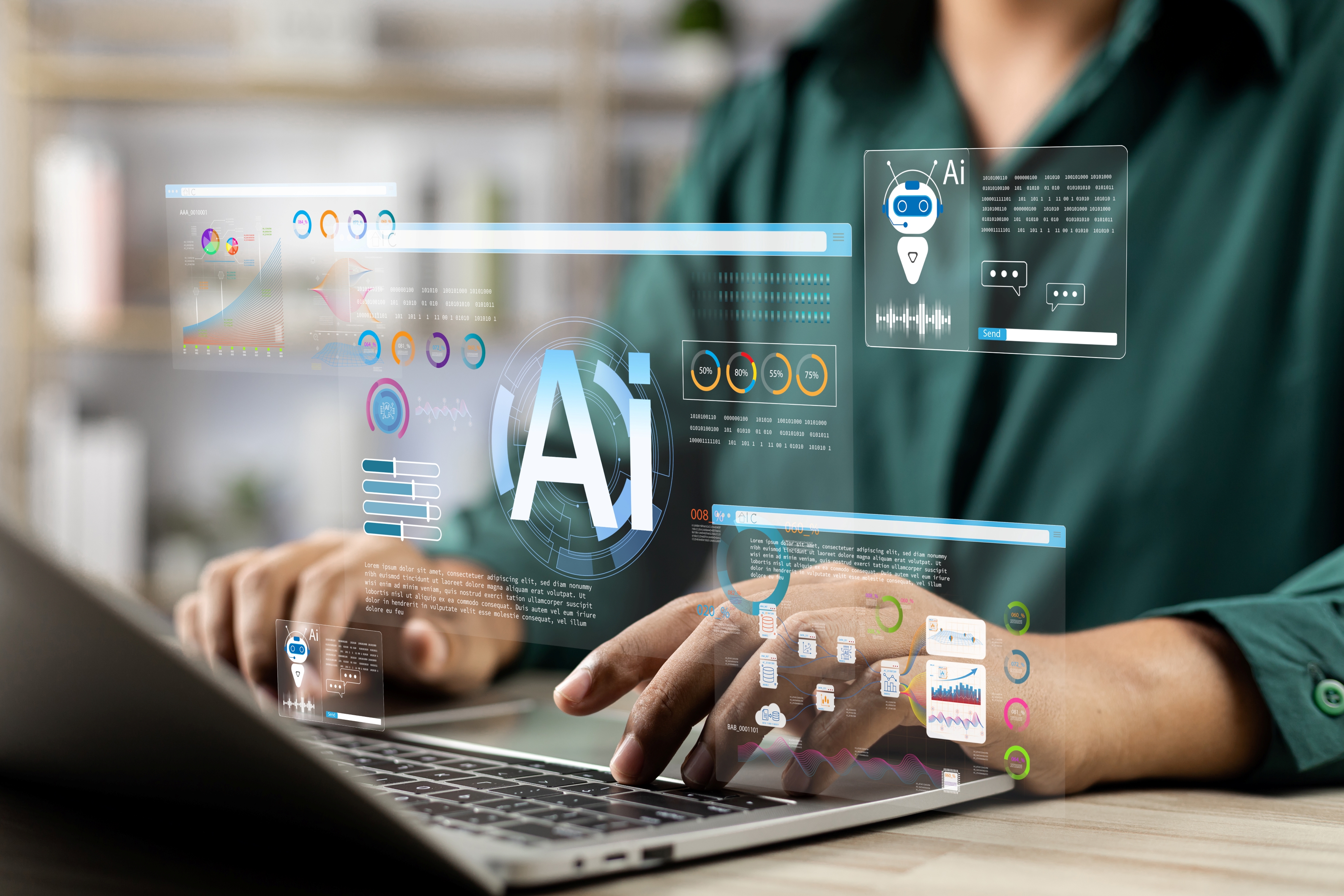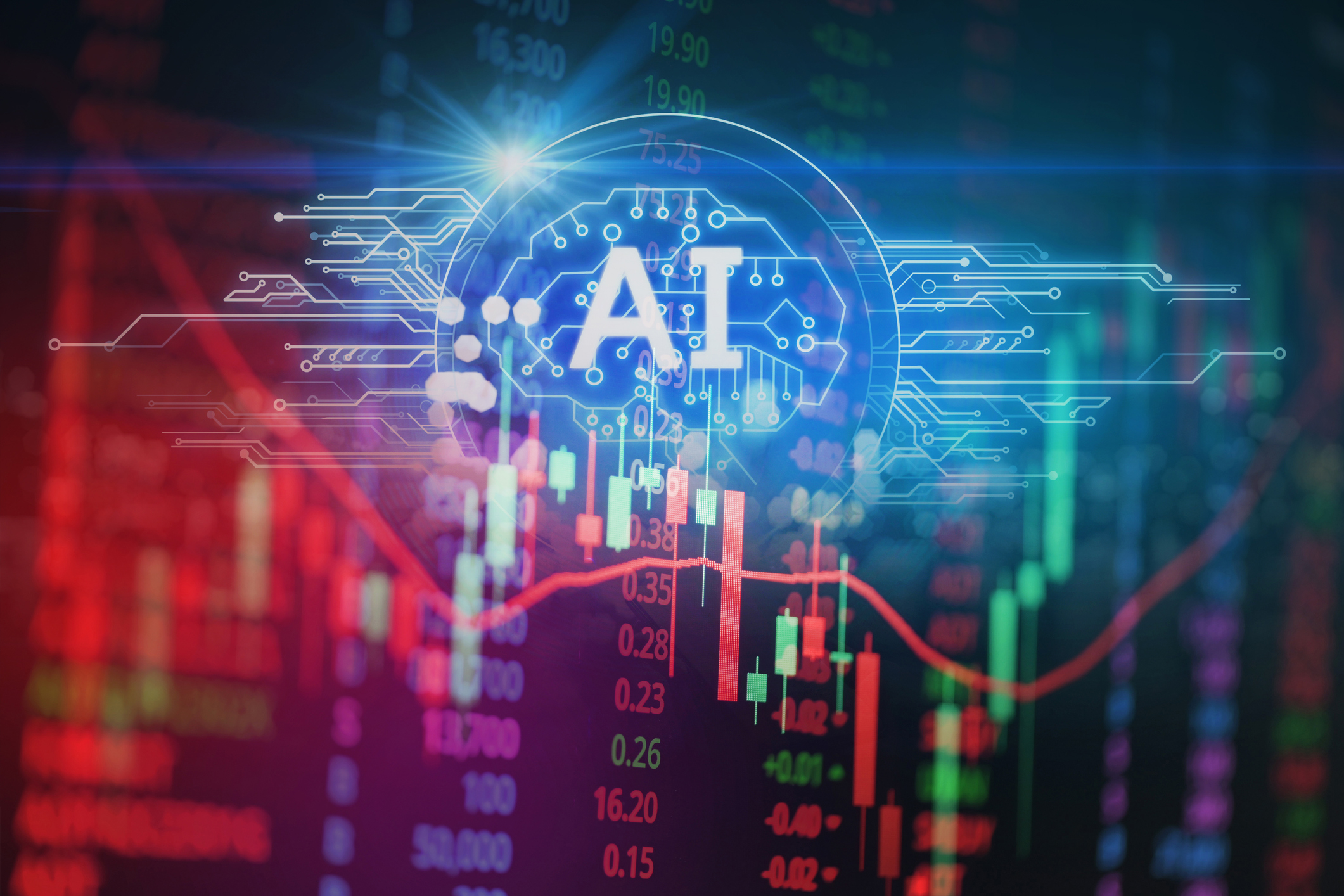Should We Worry About the Slowing U.S. Economy
With the labor market cooling off and financial markets turning jittery, just how healthy is the economy right now?

To help you understand what is going on in the economy and beyond, our highly experienced Kiplinger Letter team will keep you abreast of the latest developments and forecasts (Get a free issue of The Kiplinger Letter or subscribe). You'll get all the latest news first by subscribing, but we publish many (but not all) of our forecasts a few days afterward online. Here’s the latest...
Growth is clearly slowing after the surge caused by the rebound from the pandemic, when consumers were flush with cash and spent it on everything from travel to home remodeling jobs. Recent months have shown a decline in both hiring and in the number of job openings.
Commodity prices and bond yields have retreated, two traditional signs that investors expect economic activity to downshift. But recession seems unlikely at this point. Rather, we expect a return to normal — GDP expanding at about 2%, vs. the 3.1% level that the economy logged over the past four quarters. With the population growing slowly, and productivity not rising much faster, the economy’s potential pace of expansion over the long term is likely around 2%. We appear to be reverting to that trend line now.
From just $107.88 $24.99 for Kiplinger Personal Finance
Become a smarter, better informed investor. Subscribe from just $107.88 $24.99, plus get up to 4 Special Issues

Sign up for Kiplinger’s Free Newsletters
Profit and prosper with the best of expert advice on investing, taxes, retirement, personal finance and more - straight to your e-mail.
Profit and prosper with the best of expert advice - straight to your e-mail.
Hiring is down. But it’s still strong enough to keep unemployment low and match the increase in the working-age population. August’s 142,000 jobs look underwhelming after a long run of higher monthly gains. But that’s roughly in line with prepandemic hiring trends. The unemployment rate has ticked up since April, but that reflects a rise in the number of people who have begun looking for work. Meanwhile, the average number of hours worked per week has largely held steady. And wages have risen more than we had expected, which bodes well for spending by consumers (but also weighs on employers and keeps inflation a bit higher).
None of this is to say there aren’t problems and areas of weakness. Manufacturing remains in the doldrums, with no turnaround in sight. Economic weakness overseas is bad for sales of American-made products. At home, consumers have cut back on buying goods after splurging on them during COVID-19, when many services like travel and dining were difficult or impossible to spend on.
Home and car sales are down, suffering from the combination of high prices and elevated financing rates. Houses and cars are the biggest purchases most people will make in their financial lives. When those sales suffer, lots of related sectors and workers also lose business. Coming interest rate cuts by the Federal Reserve should ease the cost of financing a home or car slightly, but that is no silver bullet. And of course, high prices still cause widespread pain. The rate of inflation is down, but after several years of swift increases, many consumers are struggling.
If the outlook does worsen, the labor market should send warning signals. Watch the government’s weekly unemployment claims. Lately, they’ve risen, but only slightly, and remain low. If layoffs pick up, then it will be time to worry.
This forecast first appeared in The Kiplinger Letter, which has been running since 1923 and is a collection of concise weekly forecasts on business and economic trends, as well as what to expect from Washington, to help you understand what’s coming up to make the most of your investments and your money. Subscribe to The Kiplinger Letter.
Profit and prosper with the best of Kiplinger's advice on investing, taxes, retirement, personal finance and much more. Delivered daily. Enter your email in the box and click Sign Me Up.

David is both staff economist and reporter for The Kiplinger Letter, overseeing Kiplinger forecasts for the U.S. and world economies. Previously, he was senior principal economist in the Center for Forecasting and Modeling at IHS/GlobalInsight, and an economist in the Chief Economist's Office of the U.S. Department of Commerce. David has co-written weekly reports on economic conditions since 1992, and has forecasted GDP and its components since 1995, beating the Blue Chip Indicators forecasts two-thirds of the time. David is a Certified Business Economist as recognized by the National Association for Business Economics. He has two master's degrees and is ABD in economics from the University of North Carolina at Chapel Hill.
-
 How to Avoid the Financial Quicksand of Early Retirement Losses
How to Avoid the Financial Quicksand of Early Retirement LossesSequence of returns — experiencing losses early on — can quickly deplete your savings, highlighting the need for strategies that prioritize income stability.
-
 How an Elder Law Attorney Can Help Protect Your Aging Parents
How an Elder Law Attorney Can Help Protect Your Aging ParentsIf you are worried about older family members or friends whose financial judgment is raising red flags, help is out there — from an elder law attorney.
-
 Q4 Post-Mortem From an Investment Adviser: Year of Resilience
Q4 Post-Mortem From an Investment Adviser: Year of ResilienceFinancial pro Prem Patel shares his take on how markets performed in the fourth quarter of 2025, with an eye toward what investors should keep in mind for 2026.
-
 Special Report: The Future of American Politics
Special Report: The Future of American PoliticsThe Kiplinger Letter The Political Trends and Challenges that Will Define the Next Decade
-
 Disney’s Risky Acceptance of AI Videos
Disney’s Risky Acceptance of AI VideosThe Kiplinger Letter Disney will let fans run wild with AI-generated videos of its top characters. The move highlights the uneasy partnership between AI companies and Hollywood.
-
 AI Appliances Aren’t Exciting Buyers…Yet
AI Appliances Aren’t Exciting Buyers…YetThe Kiplinger Letter Artificial intelligence is being embedded into all sorts of appliances. Now sellers need to get customers to care about AI-powered laundry.
-
 What to Expect from the Global Economy in 2026
What to Expect from the Global Economy in 2026The Kiplinger Letter Economic growth across the globe will be highly uneven, with some major economies accelerating while others hit the brakes.
-
 The AI Boom Will Lift IT Spending Next Year
The AI Boom Will Lift IT Spending Next YearThe Kiplinger Letter 2026 will be one of strongest years for the IT industry since the PC boom and early days of the Web in the mid-1990s.
-
 Shoppers Hit the Brakes on EV Purchases After Tax Credits Expire
Shoppers Hit the Brakes on EV Purchases After Tax Credits ExpireThe Letter Electric cars are here to stay, but they'll have to compete harder to get shoppers interested without the federal tax credit.
-
 Amid Mounting Uncertainty: Five Forecasts About AI
Amid Mounting Uncertainty: Five Forecasts About AIThe Kiplinger Letter With the risk of overspending on AI data centers hotly debated, here are some forecasts about AI that we can make with some confidence.
-
 Worried About an AI Bubble? Here’s What You Need to Know
Worried About an AI Bubble? Here’s What You Need to KnowThe Kiplinger Letter Though AI is a transformative technology, it’s worth paying attention to the rising economic and financial risks. Here’s some guidance to navigate AI’s future.